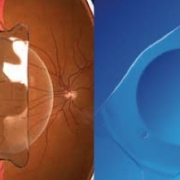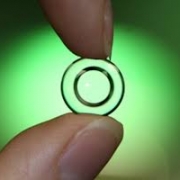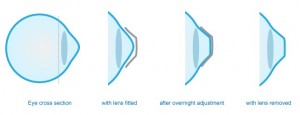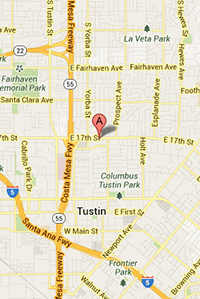Vision Correction for High Prescriptions
Implantable Collamer Lens (ICL)
What is ICL?
Implantable collamer lens implants help patients see better without glasses or contacts. Unlike traditional contact lenses that go on the surface of the eye, the ICL is positioned inside the eye between the iris and the crystalline lens. Once Implanted, the lens stays indefinitely in the eye. However, if your vision changes dramatically over time, the lens can be easily replaced or removed and hence this procedure is reversible!
Who is a good candidate?
• High Myopes
•Patients between the ages of 21-45
• Patients with little or no astigmatism
• Patients with average or thin corneal thickness who may not be Lasik or PRK candidates
• Stable refractions with less than 0.50 diopters of change in two years
• Dry eye patients
Procedure
The ICL procedure is a short 15-minute outpatient procedure. Prior to the implantation of the Visian ICL, you will receive topical anesthetic drops to minimize discomfort. The doctor then creates a micro opening to insert the lens. The lens is folded and loaded into a small cartridge and as the lens is injected, it gently unfolds in your eye.
It is a simple procedure with fast recovery and provides youwith a fast vision change. So, if you are tired of bulky eyeglasses and contacts, ICL implants may be an option for you.




